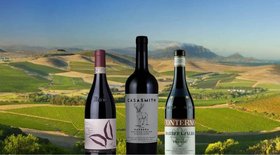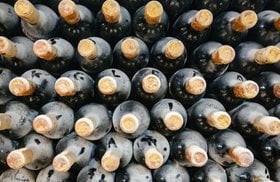White Wine (Types, Prices, 10 Best Bottles to Buy in 2025)
Like sunlight in a glass, white wines charm with their fruity freshness and invigorating crisp taste.
But you’ll find a wide variety of white wines from all over the world - some of which are exceptional in taste and age-ability!
What are the different styles of white wine? How’s white wine made? Which are the best ones that you should have in your wine cellar?
You’ll find out all that, plus the easiest way to invest in fine white wine, be it a coveted Dom Perignon or a rare Screaming Eagle Sauvignon Blanc.
Further reading
- Fancy a dessert wine? Explore the vibrant world of Sweet White Wines.
- If you prefer a drink with less sugar content, check out some of the best Dry White Wines.
- Find out all about the luscious Chardonnay and the finest bottles to buy now.
What Kind Of Wine Is White Wine?
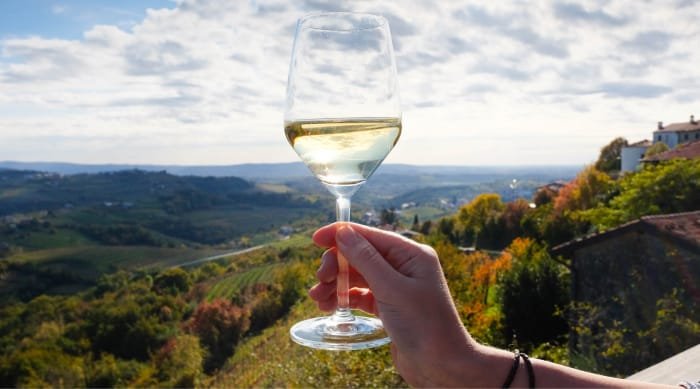
White wine is a clear or pale golden-colored alcoholic beverage usually made with light-skinned grapes. It can also be made with dark wine grapes as long as their flesh are light-colored.
Either way, white wine is fermented with minimal skin and stem contact, giving it a clear color and low tannin content.
A Brief History of White Wine
White wine was referred to as ‘wiyana’ in ancient Hittite inscriptions of Mesopotamia around 2500 BC. In ancient Greece, Hippocrates wrote about using ‘vinous white wine’ and ‘bitter white wine’ to heal his patients.
The ancient Romans are said to have borrowed several winemaking techniques from the Greeks. They particularly enjoyed sweet white wine. And as the Roman Empire expanded across Europe, wine production became more diverse.
At the dawn of the modern age, winemakers experimented with new techniques like noble rot and secondary fermentation, which further boosted production. This gave birth to both expensive and rare wines and popular wines like French Champagne, Spanish sherry, and Hungarian Tokay.
Today, you’ll find a range of white wines produced in all wine regions from France to Argentina.
Major White Wine Producing Regions
In general, the cooler climatic regions, especially in northern Europe, lead the production of white wine. This is because white wine grapes require lower temperatures to ferment and age.
Countries like France, Italy, Germany, and Spain boast the world’s longest white wine traditions. However, in the recent past, some of the white wines from the USA, Canada, South Africa, and New Zealand have also become hugely popular.
White Wine Grape Varieties
Let’s take a closer look at some of the most popular white wine varieties:
A. Chardonnay
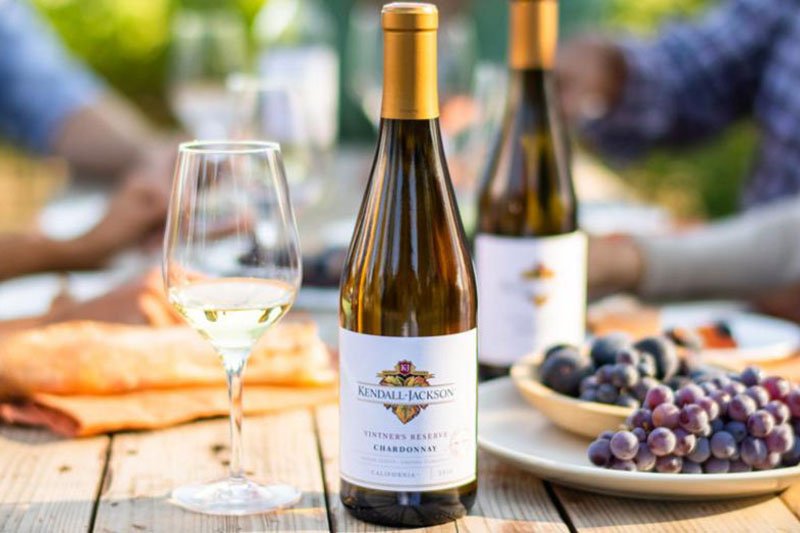
Chardonnay is a white wine grape from Burgundy, France, synonymous with popular whites like Montrachet wines. Its extreme adaptability to various soil and climate types has allowed planters worldwide to make a range of Chardonnay-based wines with tropical fruit flavors.
Based on their aging method, wines from this white grape variety can be classified as oaked and unoaked Chardonnay.
B. Sauvignon Blanc
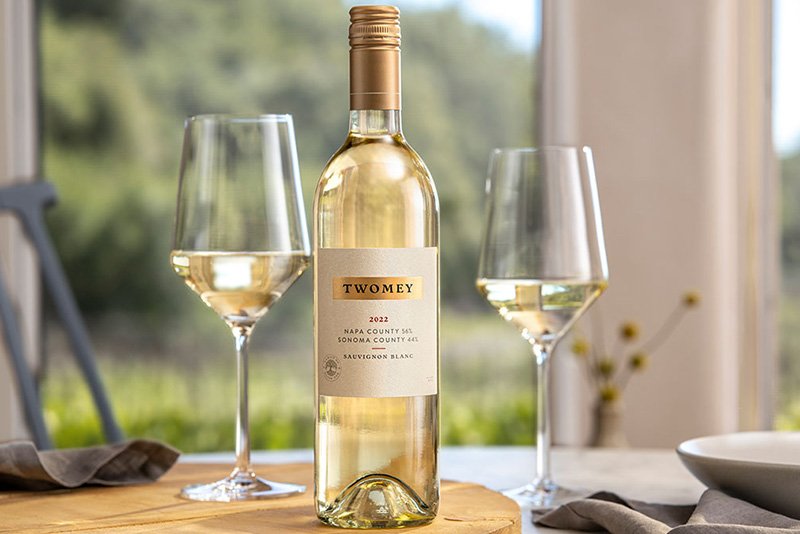
This Bordeaux based grape variety makes some of the finest wines that can be had young. This sweet, tropical-flavored wine is also made in countries like Bulgaria, Chile, Romania, and New Zealand.
The best Sauvignon Blanc wine of the old world (Europe and the Mediterranean region) comes from Sancerre in Loire Valley and Alto Adige, bordering Austria.
Outside this region (‘new world’), the vineyards of Marlborough in New Zealand are reputed for their high-quality yield of Sauvignon Blanc.
C. Muscat

Muscat is a large family of over 200 grape varieties. Its notable variety, the Muscat blanc à Petits Grains or Moscato Bianco, creates characteristic sweet and aromatic sparkling wine like the Italian white wine Moscato d’Asti and Asti Spumante.
D. Chenin Blanc

This adaptable French white grape variety with passion fruit flavors is mainly cultivated in the Loire Valley, Anjou, and Vouvray in France and other wine regions like the US and South Africa.
Apart from these grape varieties, you’ll also come across white wines made from Pinot Blanc; the lychee flavored Gewürztraminer, Grüner Veltliner, and Albariño.
Now, let’s take a look at the winemaking processes that go into making white wine.
How Is White Wine Made?
In general, all white wines go through the following processes:
1. Viticulture and Harvest

White wine grapes are allowed to ripen fully on the branch to produce sweet whites. However, for a dry wine, grapes are plucked off about eight days before they reach full maturity. This arrests the sugar development in them.
2. Wort Making
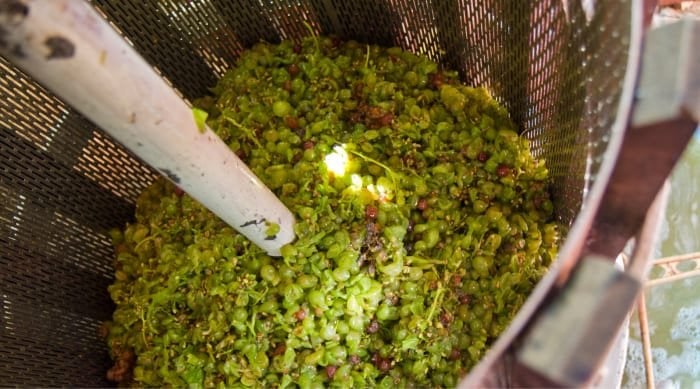
Once harvested, the grapes are de-stemmed and moderately trampled on to release their pulp and juice. This pulpy extract is then pressed further to turn it into a fine juice called wort.
The wort is allowed to settle so that any residue from harvest (stems, soil, fungus) can rise to the surface. This is then cleaned off manually or by using chemicals.
3. Fermentation
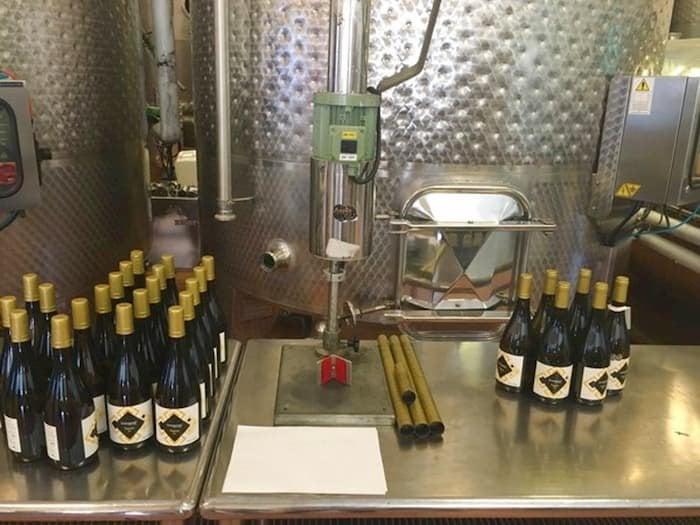
The wort is then transferred to large containers made of oak, cement, or stainless steel. To this, the winemaker adds the right proportion of yeast that converts the sugars into alcohol.
Once the right amount of sugar and alcohol content is reached, fermentation is stopped by sudden cooling, adding sulfur dioxide, or capturing the yeast. Dry white wine is allowed to ferment until almost all the sugar is converted to alcohol.
At this stage, the wine is fortified by adding alcohol.
4. Maturing and Pre-Packaging
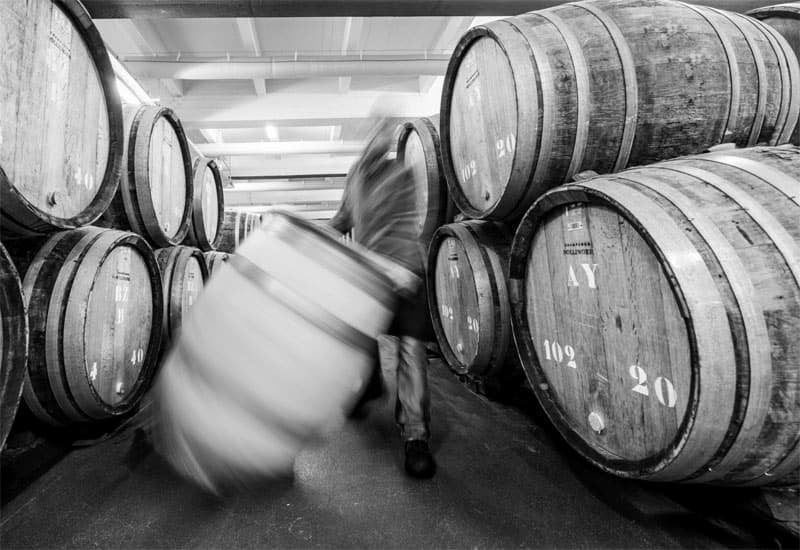
The fermented wine is transferred to a large cement vat, stainless steel vat, or an oak barrel. In some cases, fermentation is allowed to continue in the vat, with regular stirring to agitate the yeast. But in most cases, maturing allows the wine to settle, absorb aromas from the barrels, and develop a complex taste.
5. Packaging and Bottling

When it’s time to package the wine, it gets transferred to containers (made of aluminum, tetra pack, plastic, etc.) without any oxygen contact.
Once it’s ready for the market, the wine is packaged in glass bottles that protect its flavors until it’s opened.
Types Of White Wine
White wines can be categorized into the following types:
A. Dry White Wine

A dry white wine is essentially one without or with very low residual sugar. Its taste is balanced only on its acidity and alcohol levels, making it a tightrope walk for winemakers.
Once the grape skin is separated from the grape juice, winemakers allow the fermentation to continue until the yeast turns nearly all the sugar into alcohol.
Chardonnay is the most popular dry white wine, displaying flavors of green apple, lemon, and pineapple. Sauvignon Blanc is another popular option.
B. Sweet White Wine

Sweet white wine tends to be much darker in color and more viscous due to its high sugar content. This is because the fermentation process is arrested to maintain the natural sugars of the juice.
Moscato, Riesling, and Ice Wine are examples of popular sweet white wines.
C. Sparkling White Wine

Sparkling whites, such as Prosecco, Champagne, and Cava, owe their bubbliness to the various ways in which carbon dioxide (a residue of the fermentation process) is contained inside the wine.
It’s created when the wine undergoes a secondary fermentation in the bottle, resulting in carbon dioxide sealed under the cork – ready to be popped open!
D. Fortified White Wine
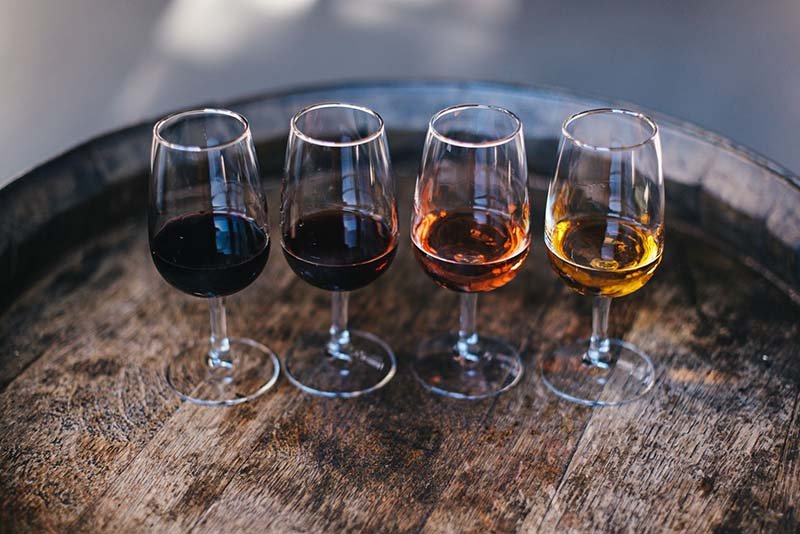
Fortified white wine contains added alcohol, usually grape brandy. This was first done to preserve the wine from spoiling on long sea voyages. But even after winemakers discovered new preservatives and storage techniques, the market for these wines continued to grow.
Some popular fortified white wines include Sherry, Muscat, and White Port.
What Does White Wine Taste Like?

Most white wines taste fruity and light due to their lower tannin content. They’re usually sweet and have lower acidity levels than red wines. They also absorb the astringent qualities of barrels they mature in.
Also, since they don’t have complex phenolic compounds in them, they have fewer tannins as compared to red wine.
White wines can exude the aromas of lemon, grapefruit, apple, quince, and peach. And when made with red wine grapes (like Pinot Noir), you can also enjoy the aroma of strawberries, raspberries, and blueberries.
Now, the general rule is to serve white wine chilled.
But is that the best way to do it?
How Do You Serve White Wine?
Take a look at some white wine serving recommendations and food pairings.
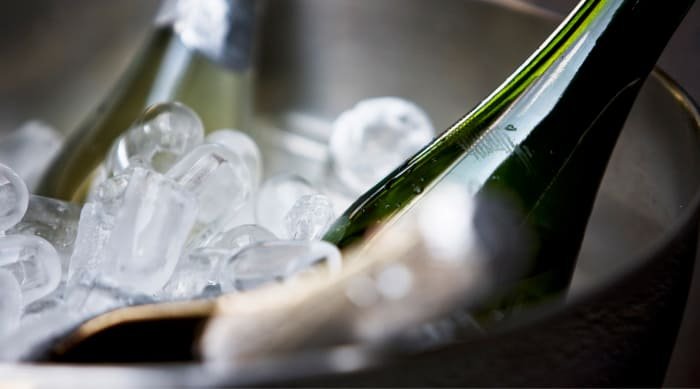
- White Wine Serving Temperature
- Food Pairing With White Wine
- Glasses to Serve White Wine
- White Wine as an Ingredient in Cooking
A. White Wine Serving Temperature
White wines are best served between 38°F-45°F ( 3°C-7°C). On the other hand, richer whites like Chardonnay should ideally be served at 45°F-55°F (7°C-12°C).
B. Food Pairing With White Wine
Whether you’re cooking up a storm or ordering at a restaurant, pair your glass of fine white wine with:
- Poultry: A humble chicken roast or a lavish Thanksgiving stuffed turkey
- Seafood: Shrimp, crab, lobster, or fish
- Cheese: Lighter styles of Havarti, gouda, and muenster
- Appetizers and salads
As a rule of thumb, white always goes best with lighter flavors. But you can also sip on the sweeter varieties with some spicy food like Asian cuisine.
C. Glasses to Serve White Wine
The right wine glass will let you enjoy the color, aroma, and flavors of white wine.
Here are a few things to keep in mind when selecting your white wine glass:
- Always choose a fully transparent glass so you can enjoy the light golden color of the wine.
- Sparkling wines are best served in narrow glasses or flutes that will allow the bubbles to rise to the surface and preserve the bubbles for longer.
- Light, dry whites like a Sauvignon Blanc, Pinot Grigio, or a Chenin Blanc should be served in a stemmed glass with a U-shaped bowl and a small opening.
- Full-bodied whites like Viognier, Chardonnay, Trebbiano, and Grenache Blanc need stemmed glasses with a rounded bowl and wide rim.
D. White Wine as an Ingredient in Cooking
The crisp acidity of dry white wine balances the heaviness of fat and meat. This quality makes it a crucial ingredient in sauces like ravigote and hollandaise. White wine is also used as a wetting ingredient for slow cooking risotto.
Now, let’s look at some of the best whites you need to look out for.
10 Superb White Wines to Buy in 2024 (Includes Prices and Taste)
Whether you’re looking for the latest addition to your wine collection or your next favorite white wine, you’re sure to find it among these 10 exceptional bottles:
- 2001 Château d'Yquem Sauternes
- 2016 Screaming Eagle Sauvignon Blanc
- 2012 M. Chapoutier Condrieu Coteau de Chery
- 2009 Domaine de la Romanee-Conti Montrachet Grand Cru
- 2016 Domaine Georges Vernay Condrieu Coteau de Vernon
- 2020 Domaine Leflaive Bienvenues-Batard-Montrachet Grand Cru
- 2010 Coche-Dury Corton-Charlemagne Grand Cru
- 2015 Domaines Schlumberger Pinot Gris Grand Cru, Spiegel
- NV Martini & Rossi Asti DOCG
- 2017 Egon Muller Scharzhofberger Riesling Trockenbeerenauslese Magnum
1. 2001 Château d'Yquem Sauternes ($739)
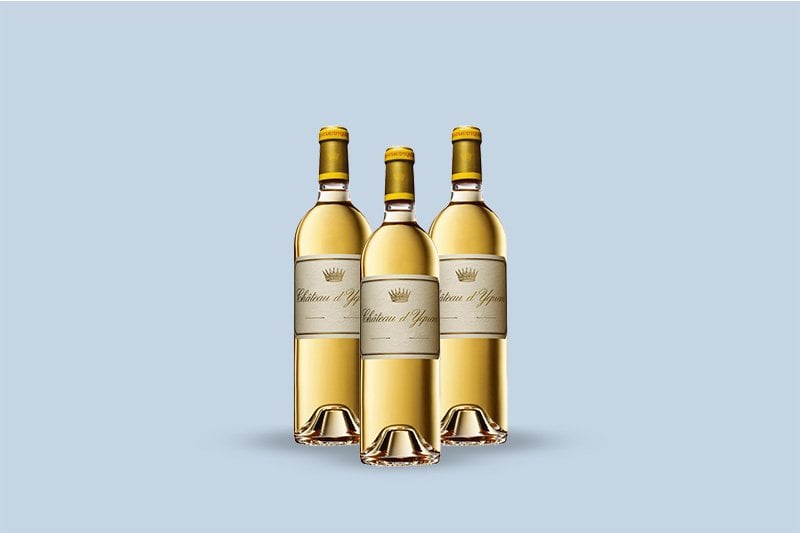
Château d'Yquem in the Sauternes district of Bordeaux produces some of the world's best dessert wines.
The 2001 vintage is a classic white blend of Sauvignon Blanc and Sémillon grapes with delicious aromas of peach, pineapple, coconut, and nutmeg. Like some Bordeaux vintages, this wine will age for around 70 years. And a 97 score from Wine Advocate makes it a collector’s favorite.
2. 2016 Screaming Eagle Sauvignon Blanc ($7,677)

Made in the prestigious Screaming Eagle winery in Napa Valley, California, this 2016 vintage offers citrus fruit flavors and an aromatic finish. Enjoy its layered complexity with a light green salad, or simply serve it as an aperitif.
3. 2012 M. Chapoutier Condrieu Coteau de Chery ($204)
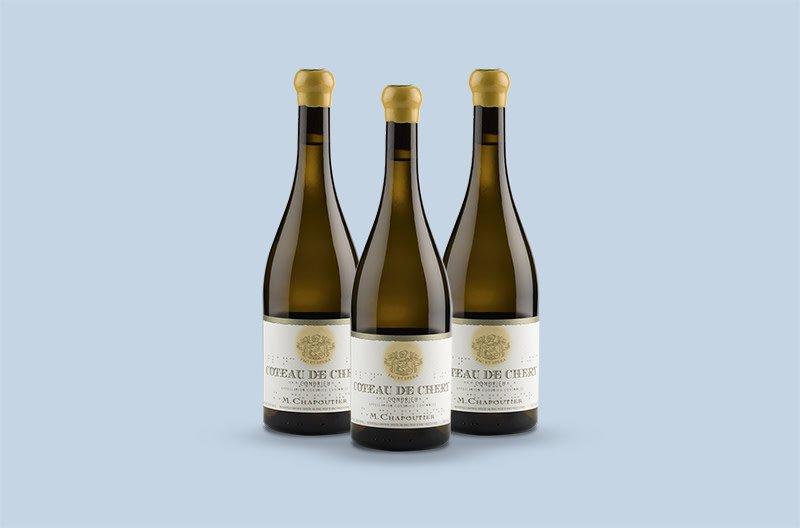
This white is made by Maison M. Chapoutier in France’s Rhone Valley. Take in the finest qualities of the Viognier varietal in its mineral and salty notes with an aromatic finish. You can also enjoy the floral notes of honeysuckle and acacia in a sip of this young wine.
4. 2009 Domaine de la Romanee-Conti Montrachet Grand Cru ($12,712)

The Burgundy-based Domaine de la Romanée-Conti (DRC) produces some of the world’s most exquisite wines. This 2009 Chardonnay has a satiny texture with citrus fruits, and floral, honeyed notes.
5. 2016 Domaine Georges Vernay Condrieu Coteau de Vernon ($194)
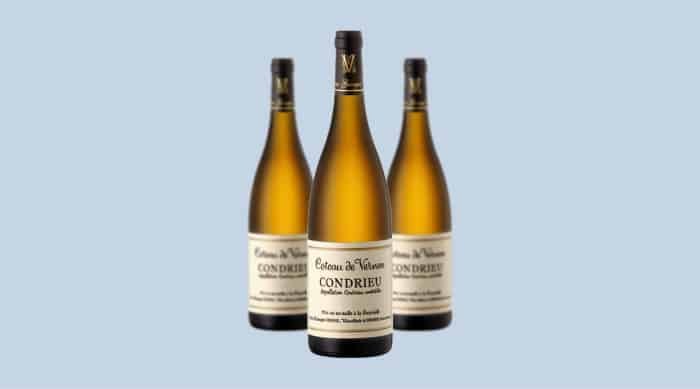
Boasting a viticultural tradition spanning three generations, Domaine Georges Vernay has produced award-winning Viognier wine year after year. In this 2016 Viognier wine, the winemaker manages to capture Condrieu’s best flavors with notes of sea breeze and citrus zest.
6. 2020 Domaine Leflaive Bienvenues-Batard-Montrachet Grand Cru ($1,668)
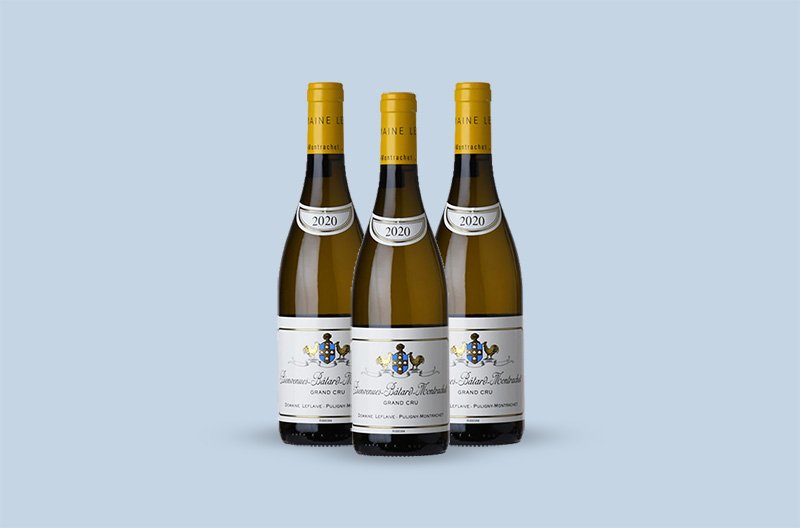
The 2020 vintage offers delectable aromas of white currants, herbs, and citrus. The medium to full body gives way to flavors of white fruit with a hint of fennel, finishing with subtle citrus notes.
7. 2010 Coche-Dury Corton-Charlemagne Grand Cru ($8,204)
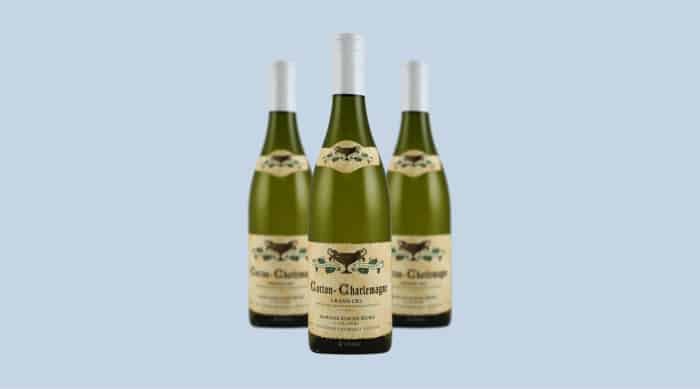
The Coche Dury estate in Meursault, Burgundy, is known for its highly collectible red and white wines. The Chardonnay-based Charlemagne is their only Grand Cru wine. This wine is at once vibrant, fruity, and full of minerality with racy, rich flavors, and is ready to open in 2020.
8. 2015 Domaines Schlumberger Pinot Gris Grand Cru, Spiegel ($26)
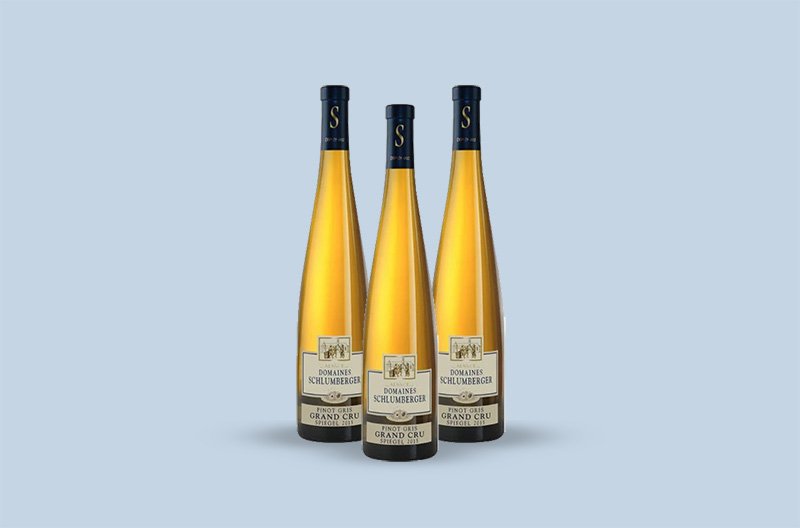
This delicious wine opens with a bouquet of yellow fruit, quince, and honey with a light smokiness. Exuding legacy bound flavors of Alsace Grand Cru, the palate is dominated by yellow fruits, mushrooms, honey, and licorice.
9. NV Martini & Rossi Asti DOCG ($13)

This Piedmont-based Italian winemaker offers a zesty and cheerful dessert wine. Its zesty Moscato grape flavors and low alcohol content make it accessible even to a novice wine drinker.
10. 2017 Egon Muller Scharzhofberger Riesling Trockenbeerenauslese Magnum ($15,517)
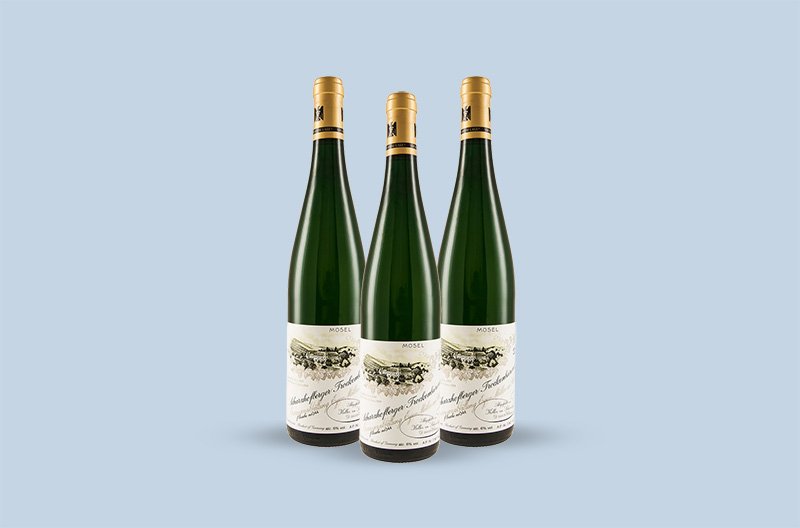
The Muller family has managed Egon Muller’s estate Mosel, Germany, since the dawn of the 19th century, and has produced highly valued sweet and dry Riesling wines. Their 2017 vintage is a sweet wine with Botrytized flavors of Riesling grapes and a viscous concoction of apricot, honey, marzipan, and spices.
How do you buy the finest white wine bottles?
You’d be able to get some good white wine bottles with a trip to the local wine store, by shopping on online wine portals or wine auctions.
However, you may never be sure if you paid the best price and whether you bought an authentic bottle or not. If you use a broker’s services, you’ll also have to shell out hefty commissions and fees.
Besides, you’ll have to bear insurance, shipping costs, and the cost of proper wine storage for your bottles.
Don’t worry! Here’s an easy way out:
Invest in the Best White Wines Through Vinovest
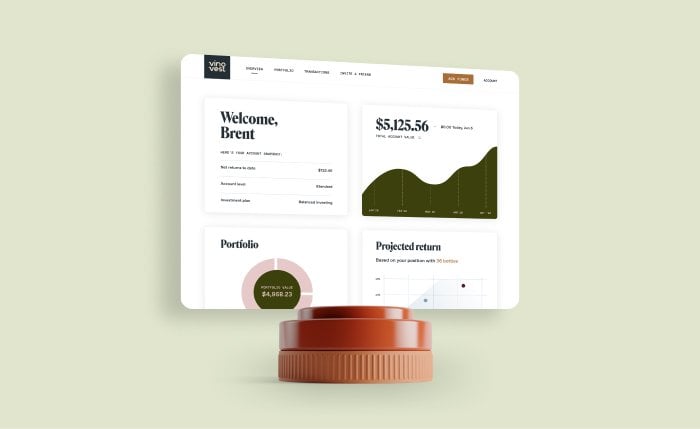
Vinovestis an online wine investment platform that helps you buy whites and other wines from anywhere in the world.
Through Vinovest, you can not only buy wines, but also authenticate, store, and sell your fine wine bottles easily.
How to Get Started on Vinovest
Just follow these four steps:
- Sign up (with your name, email ID, and password) on the Vinovest website.
- Answer a brief questionnaire on your investment preferences and risk appetite.
- Add a $1,000 (minimum investment) to your account.
- Pour yourself a glass of Chardonnay, track your wine portfolio online, and watch it grow!
Benefits of Wine Investment via Vinovest
Buying and investing in wine has never been easier, thanks to these nine reasons.
1. Easy Buying and Selling
Vinovest’s Artificial Intelligence (AI) based online platform helps you pick wines from any part of the world with just a few clicks.
2. Best Prices
Vinovest sources wines from wineries, wine exchanges, and merchants directly. This ensures that you always pay the best wholesale price for your purchases.
3. Provenance and Authenticity
No need to worry about the authenticity, ownership history, or storage conditions of your wine bottles. Vinovest traces its provenance and authenticates each bottle before you purchase it.
4. Curated Portfolio
Expert Sommeliers, data scientists, and a proprietary financial model come together to develop a robust and high performing wine portfolio for you.
5. Optimal Storage
Maintain the long term value of your favorite Cabernet Sauvignon or Rose wines in Vinovest’s professional bonded warehouses. Your bottles will be kept in the right light, humidity, and temperature conditions.
6. Insurance
You can sit back and relax, knowing that your wine collection is protected by Vinovest’s comprehensive insurance policy that covers breakage and loss.
7. Access to a Global Network
Keep in touch with private winery sales, limited releases, and exclusive access to the latest developments in the wine industry with Vinovest’s extensive global network.
8. Ownership
You own every single bottle you buy through the Vinovest platform.
9. Easy Delivery
You can choose to have your wine bottle safely shipped to your home if you wish to open it, or to your buyer if you choose to sell it.
Embrace the Elegance of White Wine

Whether you’re a novice wine drinker, a true blue wine expert or a wine investor, you’ll find a white wine that suits your taste, budget, and investment goals.
You don’t need to go through the complex process of finding the right wines, buying them, storing them, and selling them - all by yourself.
A wine investment platform like Vinovest makes this entire process hassle-free for you.
So, sign up for your Vinovest account and start building a winning wine portfolio right away!


